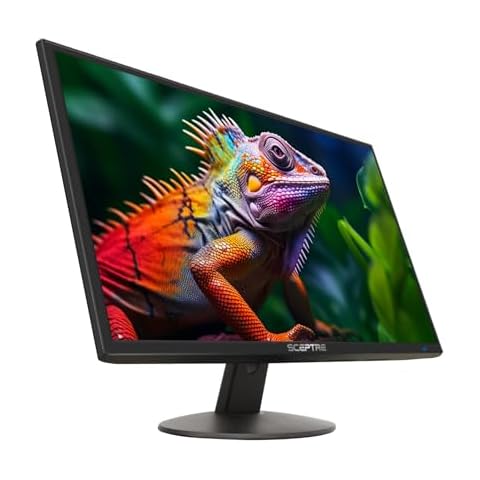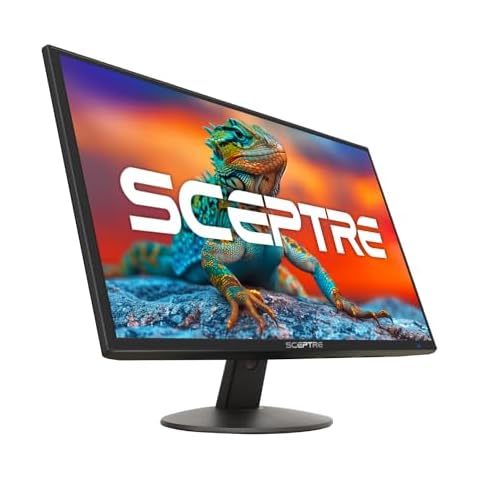The Definitive LCD Monitors Buying Guide
How to Choose the Perfect LCD Monitor for Your Needs
When it comes to choosing the perfect LCD monitor, there are a lot of factors to consider. With so many options available in the market, it can be overwhelming to know where to start. But fear not! We've put together this guide to help you make an informed decision.
Size Matters
The size of your monitor is crucial since it determines how much screen real estate you have to work with. If you're using your monitor for work or gaming, we recommend going for a larger screen size. However, if you're limited on desk space or plan on using your monitor for general browsing, a smaller screen size should suffice.
Resolution and Pixel Density
The resolution and pixel density of your monitor determine how sharp and clear your images and text will appear. For general use, a 1080p resolution should suffice, but if you're a professional graphic designer or gamer, you'll want to consider a higher resolution. Additionally, a higher pixel density provides a sharper image, so keep that in mind when choosing your monitor.
Panel Technology
There are three main types of panel technology: Twisted Nematic (TN), Vertical Alignment (VA), and In-Plane Switching (IPS). TN panels are the most affordable but have weaker viewing angles and color accuracy. VA panels have better contrast ratios but slower response times. IPS panels have the best color accuracy and viewing angles but can be more expensive. Choose the panel technology that best fits your needs.
Refresh Rate and Response Time
The refresh rate and response time of your monitor are important if you're a gamer. The refresh rate refers to how many times the screen refreshes per second, while the response time refers to how quickly the pixels can change colors. A higher refresh rate and lower response time result in a smoother gaming experience.
Connectivity
Make sure your monitor has the connectivity options you need. Most monitors come with HDMI and DisplayPort connections, but if you need other options like USB-C or VGA, make sure the monitor you're considering has those options.
Ergonomics
Lastly, consider the ergonomics of your monitor. You'll want to make sure it has tilt, swivel, and height adjustment options, especially if you plan on using it for extended periods. Additionally, consider the VESA mount compatibility if you plan on mounting your monitor on an arm or wall.
In conclusion, choosing the perfect LCD monitor for your needs comes down to considering size, resolution, panel technology, refresh rate, response time, connectivity, and ergonomics. By keeping these factors in mind, you'll be able to make an informed decision and find the perfect monitor for you.











